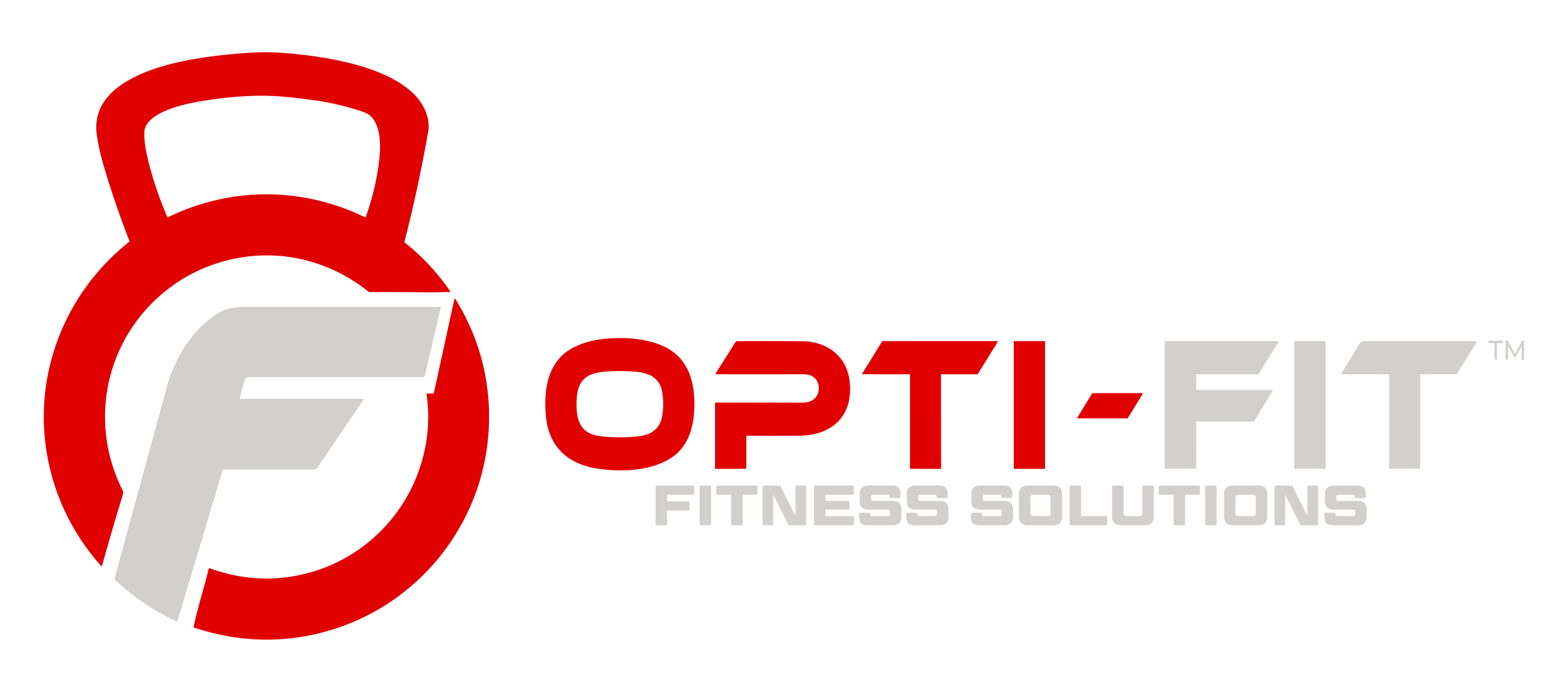The demand for multi-housing buildings is rising as more people seek the convenience and perks that come with apartment buildings. More importantly, residents are on the hunt for apartment communities that improve the quality of their lives. Even with the rise of multi-use home gym equipment, renters want multifamily units with fitness centers. Here are several reasons why developers should include fitness centers in their apartment complexes.
Multi-Housing Units for Health and Wellness
Modern renters are sensitive to their homes and how they influence their wellness. According to the 2020 NMHC/Kingsley Associates Apartment Resident Preferences Report, renters consider three main components- environment, sustainability, and fitness.
In terms of fitness, renters want:
- Pools: 84.6%
- Fitness centers: 83.9%
- Basketball courts: 46.1%
Residents also prefer the following fitness offerings in their fitness centers.
- Exercise machines: 83.9%
- Free weights: 78.7%
- Weight machines: 70.9%
- TRX equipment: 45.0%
- Crossfit equipment: 44.8%
- Yoga: 40.0%
- Fitness classes: 38.8%
High-End Residential Buildings Offer Fitness Center Access
As the demand for high-end apartment communities increases, more developers are including several shared amenities in their designs. An overwhelming 92% of new apartment buildings in 2019 had a fitness facility or gym to meet market demands. In the previous decade, 90% of new apartment buildings had gyms, contributing to more than two-thirds of apartment buildings with fitness facilities.
More apartment renters now prioritize fitness centers and wellness as they select homes. According to a 2017 report by the National Apartment Association, 46% of residents were ready to pay a premium to access fitness classes, while 42% would pay top-dollar for walking trails and tracks.
In response, developers have found ways to upgrade their multi-housing units to attract residents. For example, between 2014 and 2017, 12,574 upgraded or added fitness centers to their units. In addition, 8,492 added swimming pools.
The Cost of Renting a Multi-Housing Unit
Onsite fitness facilities don’t come free or cheap. On average, it costs approximately $1,473 to rent an apartment. However, if the unit comes with a gym, it costs roughly $1,530, a $57 difference. The cost is considerably lower than renting an offsite gym, which can cost at least $10 more per month.
In addition, renters don’t have to incur the cost of movement to and from the gym, which is a relief for gym users that prefer to avoid traffic, driving, and the time spent moving to the gym location.
However, while there are cost and time savings, it’s crucial to consider the gym quality. Some multi-housing units offer basic gyms with cardio and lifting equipment. However, some facilities have the latest smart equipment, fitness trainers, classes, pools, and spas. High-end facilities ultimately cost more.
Fitness Facility Use
Ultimately, one main question for developers and landlords comes into play: will renters use the fitness facilities? Many people often have the intention to exercise, especially when they see a fitness facility on site. However, the intention doesn’t always transfer into behavior.
While developers need to provide fitness facilities for renters, they also have to make it easy for renters to use the facilities. For example, not hiding the fitness facility behind the building is crucial. Instead, the fitness facility should be in an open, easy-to-see, and access location.
The exterior and interior should also be attractive to inspire renters to pay and use the facilities. Naturally, developers will want to keep the costs low but reasonable. One way to do this is to find low maintenance facilities, low-cost to run and attractive to renters.
For example, hot pools and spas consume costly power and require regular cleaning. However, smart gym equipment may be cheaper to operate as long as users can switch them on and off to conserve power.
To learn more about fitness centers in multi-housing complexes, contact an Opti-Fit representative in your area.

